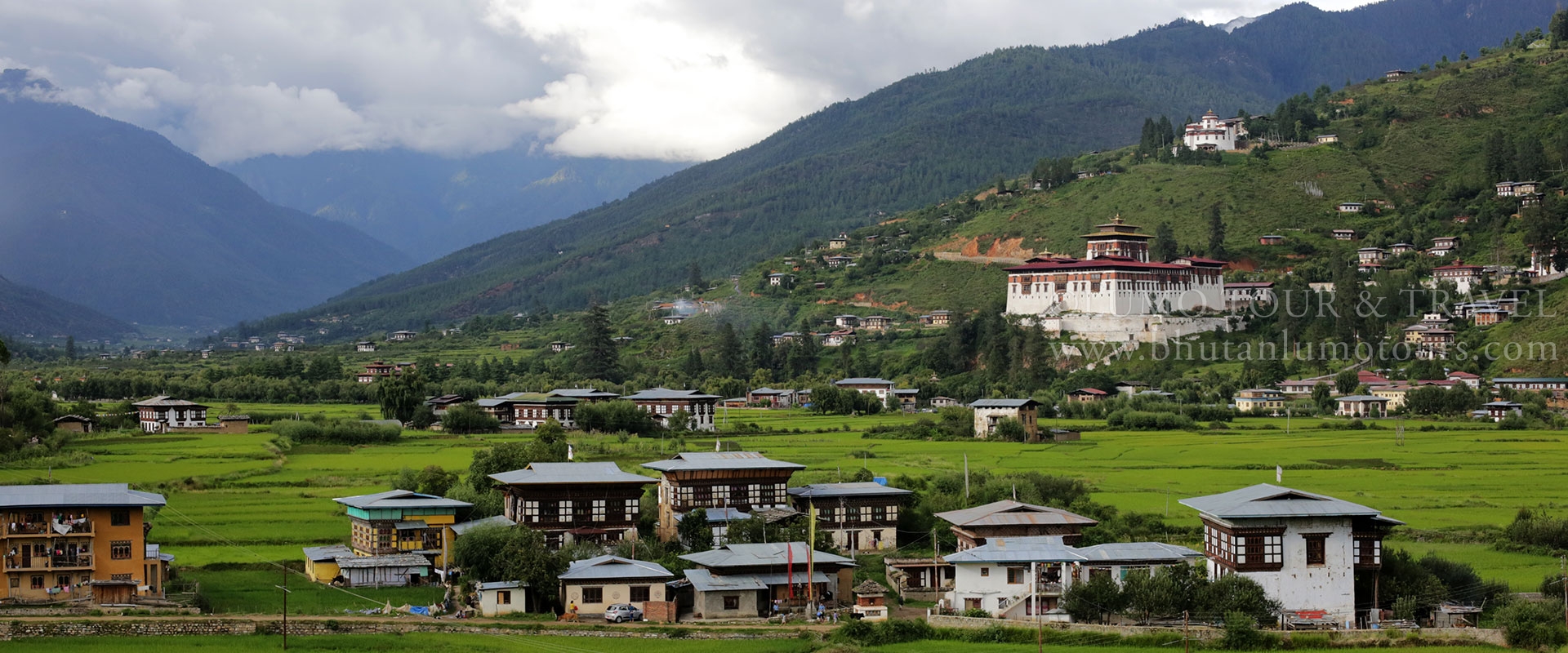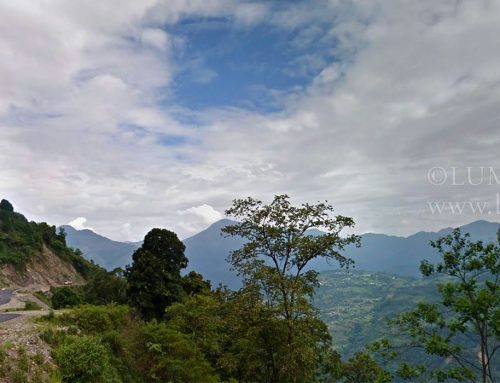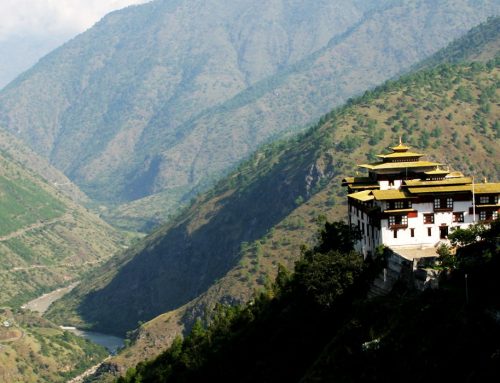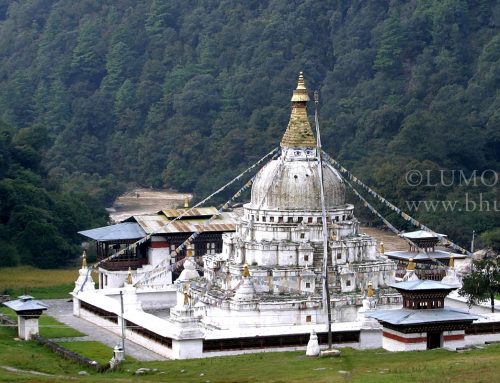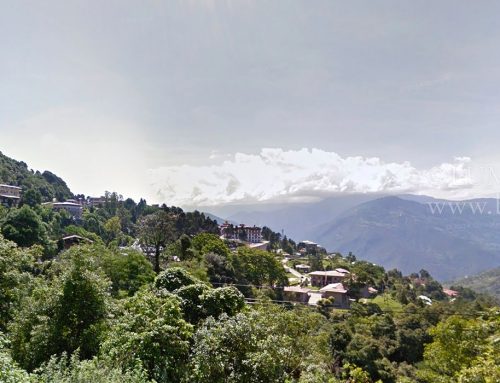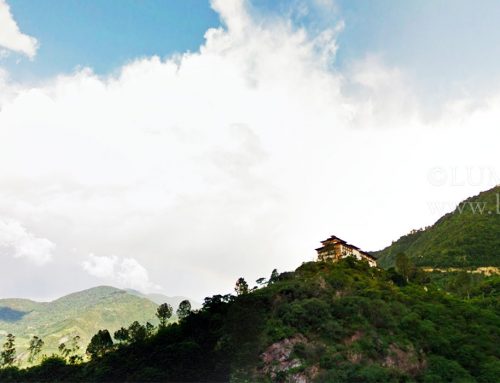Paro, where Bhutan’s only international airport is located, is famed for its fertile valleys, ancient religious sites, and its hard-working no-nonsense inhabitants. The district is known as the rice bowl of Bhutan from where the country’s staple red rice comes.
Paro’s historical significance cannot be under-stressed for it was here many battles were fought and schemes fomented. Its strategic location, bordering Tibet, made it the core of old politics.
One of the most impressive fortresses of Bhutan — Paro Dzong – sits atop a scenic knoll. It was built by Zhabdrung Ngawang Namgyel in 1649 and it helped the Bhutanese immensely in defending their country’s sovereignty. And just above it is the country’s National Museum called the Taa Dzong.
Among its holy sites are the Taktshang Monastery, Dungtse Lhakhang, Kyichu Lhakhang, and Ragoedrak Lhakhang. The Taktshang Monastery, or “Tiger’s Nest Monastery”, sits on a vertiginous rock cliff, some 3,000 feet above the valley floor. Legends say that Guru Padmasambhava flew to the cliff on the back of a tigress where he meditated for three months. However, it was only in 1684 that the monastery was built and the name ‘Taktshang’ given by the fourth Deb Raja Gyalsey Tenzin Rabgye.
The ruins of Drukgyal Dzong or the ‘Victory Fortress’ is another fascinating site. Among the oldest and the grandest, the Drukgyal Dzong was built between 1647 and 1649 during the time of Zhabdrung to commemorate the victory of the Bhutanese over the Tibetan forces. Exactly three hundred and two years later, the victory fortress was swallowed by flames zeroing most of it right to the ground it once stood proudly on.
The people of Paro are known for their industriousness and no-nonsense attitude to life. Like their neighbors in Haa, they also celebrate their new year a bit early. Families come together during the occasion and prayers are conducted to ward off evil and bring good fortunes.
The five-day Paro tsechu is a major tourist attraction. It’s one of the biggest religious celebrations in the country. Paro also boasts several modern luxury hotels and resorts. The awesome seven-star Zhiwa Ling stands close by the upscale Amankora.
Places of Interest: Paro Rinchen Pung Dzong, Drukgyal Dzong (in ruins), Taa Dzong (National Museum), Taktshang Monastery (Tiger’s Nest), Goensakha Lhakhang, Gorina Lhakhang, Kila Goemba, Druk Choeding Lhakhang, Dungtse Lhakhang, Kyichu Lhakhang, Kunzang Chholing Lhakhang, Yutoe Goemba, Ragoedrak Lhakhang, Nangkar Goemba, Sangchokhor Goemba, Dzongdrakha Goemba, Tachog Lhakhang, Paro Town.


